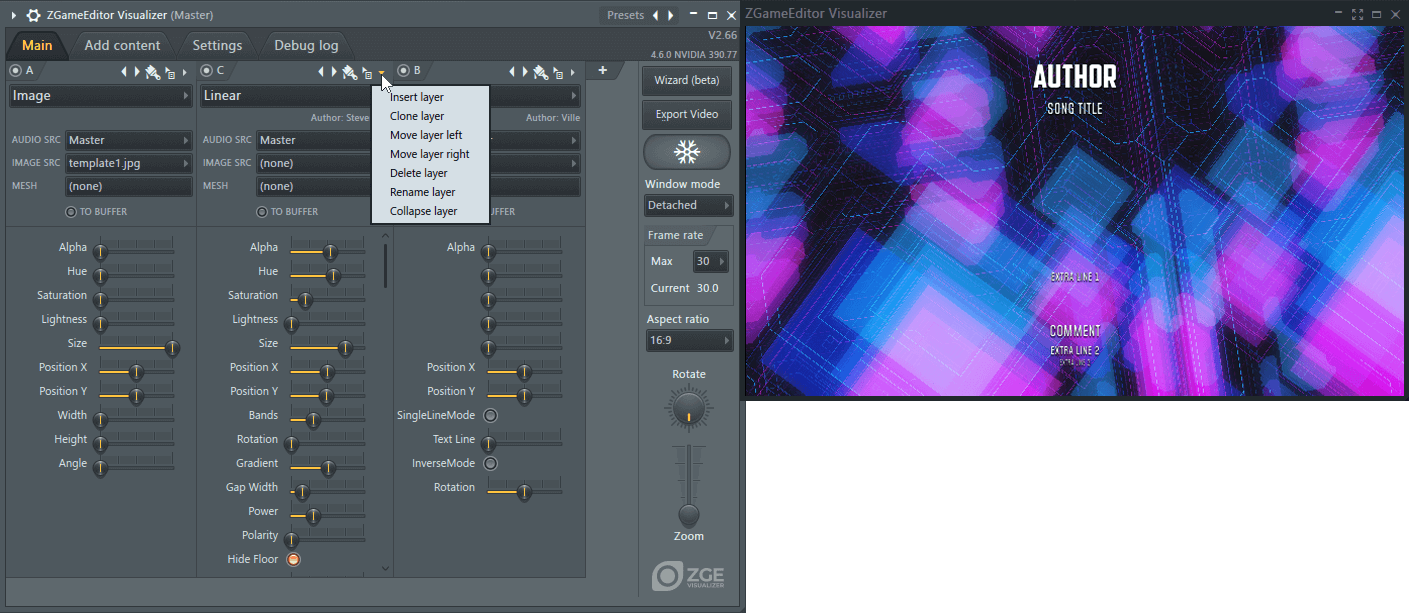

arange ( z_lower, z_upper, grid_spacing_value ): st = mayavi. shape * 1 j ] # plot with mayavi: fig = mayavi. generate_streamlines_3d ( 'o', 'testing_filtered.xtc', xmin = x_lower, xmax = x_upper, ymin = y_lower, ymax = y_upper, zmin = z_lower, zmax = z_upper, grid_spacing = grid_spacing_value, MDA_selection = 'name PO4', start_frame = 2, end_frame = 3, num_cores = 'maximum' ) x, y, z = np. Import numpy as np import MDAnalysis import _3D import mayavi, mayavi.mlab # assign coordinate system limits and grid spacing: x_lower, x_upper = - 8.73, 1225.96 y_lower, y_upper = - 12.58, 1224.34 z_lower, z_upper = - 300, 300 grid_spacing_value = 20 x1, y1, z1 = MDAnalysis. Generate 3D streamlines and visualize in mayavi:

File System Visualizer is also capable of manipulating the files and directories it displays.See also streamplots in 2D _3D. The mouse can be used to rotate the 3D representation of the file system, and an "Eagle Eye" function shows the representation from an overhead view. In both of these modes, a standard 2D file tree is displayed on the left of the window. TreeV mode: files and directories are shown in a more conventional file tree style, with links between parent directories and subdirectories, and columns of various height (indicating file size) on top of the directories to represent the files inside.

MapV mode: files and directories are represented as cuboids of equal height, with the size of the cuboid representing the size of the file or directory.It is capable of representing file systems in two ways: It is a clone of SGI's fsn file manager for IRIX systems, aimed to run on modern Linux and other Unix-like operating systems. File System Visualizer, also known as fsv, is a 3D file browser using OpenGL, written by Daniel Richard G.


 0 kommentar(er)
0 kommentar(er)
